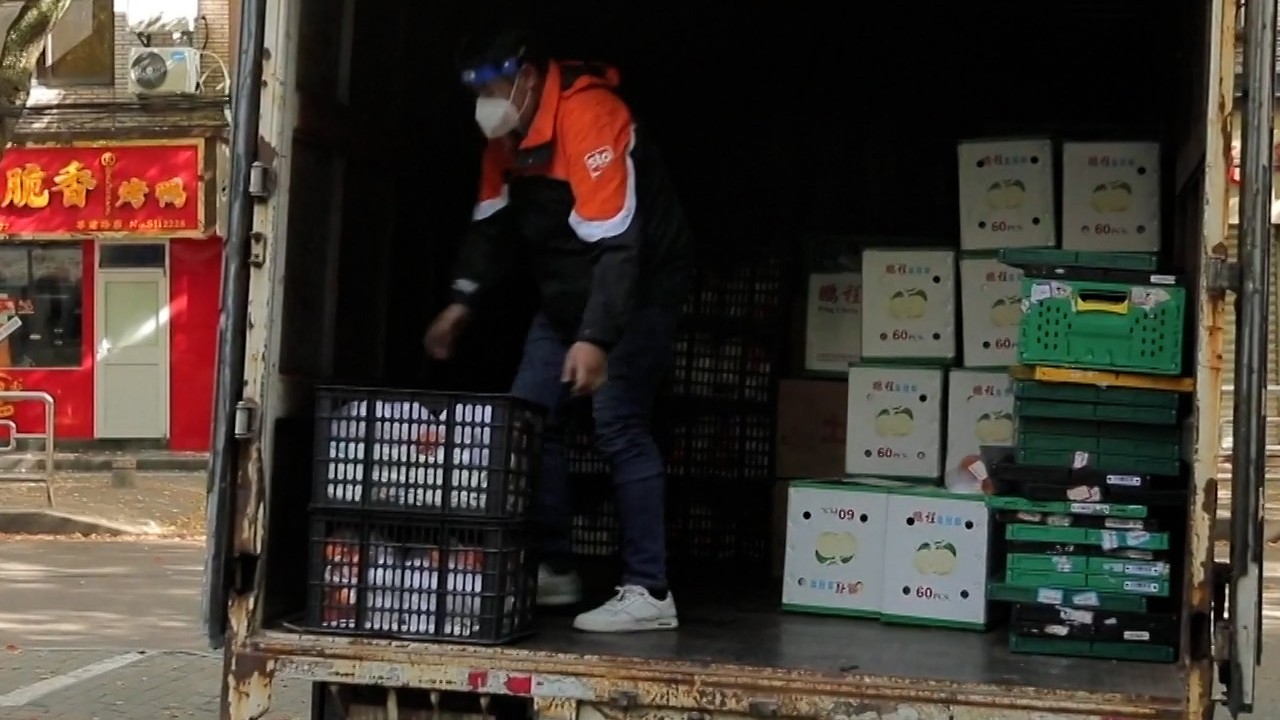
WHO tracking two new Omicron coronavirus subvariants
- The UN health body is seeking to assess if the BA.4 and BA.5 strains are more infectious or dangerous
- These sister variants have ‘additional mutations that need to be further studied to understand their impact on immune escape potential’
The World Health Organization said on Monday it is tracking a few dozen cases of two new subvariants of the highly transmissible Omicron strain of the coronavirus to assess whether they are more infectious or dangerous.
It has added BA.4 and BA.5, sister variants of the original BA.1 Omicron variant, to its list for monitoring.
It is already tracking BA.1 and BA.2 – now globally dominant – as well as BA.1.1 and BA.3.
The WHO said it had begun tracking them because of their “additional mutations that need to be further studied to understand their impact on immune escape potential”.
Viruses mutate all the time but only some mutations affect their ability to spread or evade prior immunity from vaccination or infection, or the severity of disease they cause.
For instance, BA.2 now represents nearly 94 per cent of all sequenced cases and is more transmissible than its siblings, but the evidence so far suggests it is no more likely to cause severe disease.
Only a few dozen cases of BA.4 and BA.5 have been reported to the global GISAID database, according to WHO.
Expect more worrisome Covid-19 variants after Omicron: scientists
The UK’s Health Security Agency said last week BA.4 had been found in South Africa, Denmark, Botswana, Scotland and England from January 10 to March 30.
All the BA.5 cases were in South Africa as of last week, but on Monday Botswana’s health ministry said it had identified four cases of BA.4 and BA.5, all among people aged 30 to 50 who were fully vaccinated and experiencing mild symptoms.


